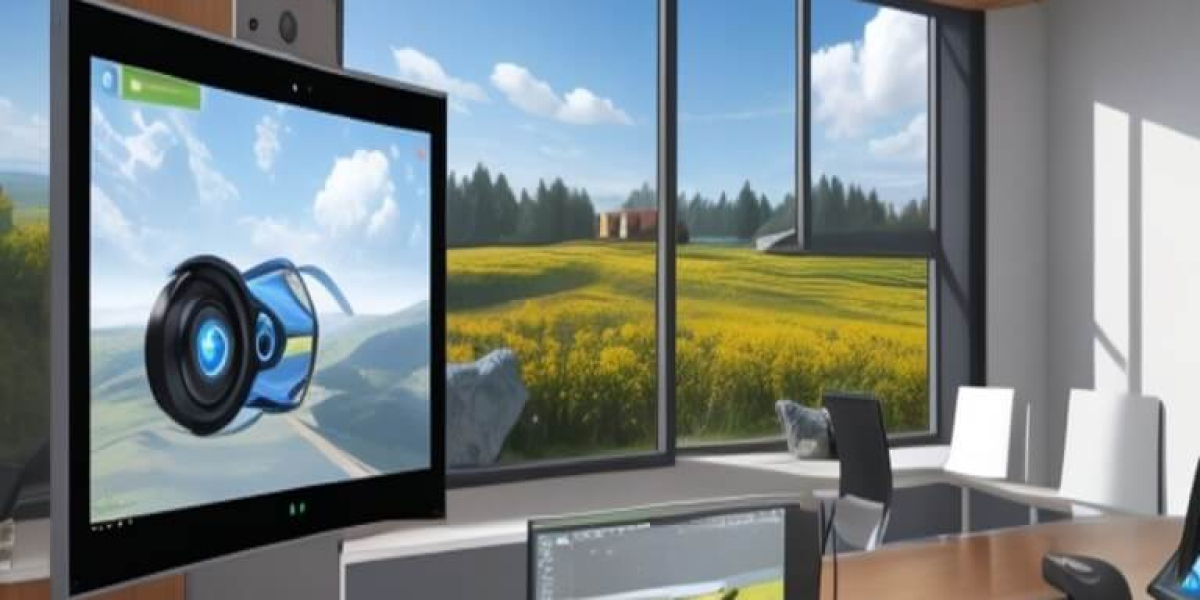Microsoft recently announced the discontinuation of its Windows Mixed Reality platform, signaling a shift away from virtual reality (VR) and augmented reality (AR) technologies. The move comes as no surprise to industry observers, as Microsoft had already scaled back its HoloLens efforts. With a growing focus on artificial intelligence (AI), the tech giant seems to be banking on AI as the future of computing.
End of the road for windows mixed reality
In a brief statement, Microsoft revealed its decision to deprecate Windows Mixed Reality and remove it from future Windows releases. This includes discontinuing the Mixed Reality Portal app, as well as Windows Mixed Reality for SteamVR and Steam VR Beta. While the exact timeline for the removal remains uncertain, the decision is unlikely to have a significant impact, given the limited adoption of Windows Mixed Reality.
The decline of VR and AR
Microsoft’s decision to phase out Windows Mixed Reality underscores a broader trend in the tech industry. VR and AR, once hailed as the future of computing, have failed to capture mainstream interest and have struggled to gain traction beyond niche markets. The initial hype surrounding these technologies has waned in recent years, leading many companies to reevaluate their investments in this space.
Microsoft’s embrace of AI
Microsoft’s pivot away from VR and AR aligns with its strategic focus on artificial intelligence. The company has been making substantial investments in AI research and development, leveraging the technology across its product portfolio. AI-powered solutions have gained prominence in areas such as cloud computing, business applications, and productivity tools.
The decision to prioritize AI over VR and AR suggests that Microsoft sees greater potential for AI to shape the future of computing and enhance user experiences. AI’s versatility and ability to adapt to a wide range of industries make it a compelling choice for innovation and growth.
Industry response and outlook
Industry experts and analysts have largely expected Microsoft’s move away from Windows Mixed Reality. The VR and AR market has seen fierce competition, with companies like Oculus, HTC, and Sony dominating the consumer VR space. Despite early enthusiasm, VR headset adoption rates have remained relatively low, while AR glasses like Google Glass and Microsoft’s HoloLens have faced challenges in finding widespread consumer and enterprise adoption.
As Microsoft phases out Windows Mixed Reality, it is worth noting that other companies may continue to explore opportunities in the VR and AR space. However, the focus on AI in computing suggests that Microsoft aims to stay at the forefront of technological innovation and maintain its leadership position in the industry.
Microsoft’s decision to discontinue Windows Mixed Reality and shift its focus toward AI underscores the changing landscape of technology. VR and AR, once hailed as the next big thing, have struggled to gain mass appeal and have faced challenges in achieving widespread adoption. In contrast, AI has emerged as a versatile and powerful technology with applications across various industries.
While the demise of Windows Mixed Reality may disappoint some enthusiasts, it reflects the evolving priorities of a tech giant like Microsoft. The company’s commitment to AI suggests that it sees this field as the key to shaping the future of computing and delivering innovative solutions to users worldwide. As Microsoft continues to invest in AI research and development, it remains poised to play a significant role in shaping the technological landscape of tomorrow.







